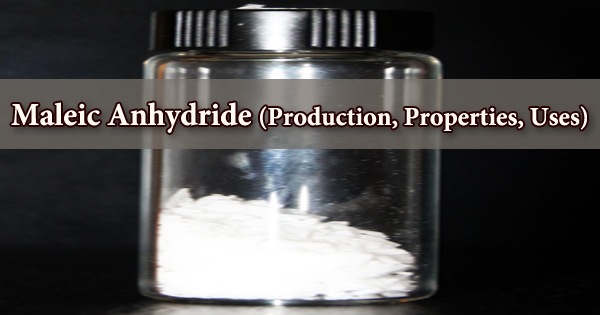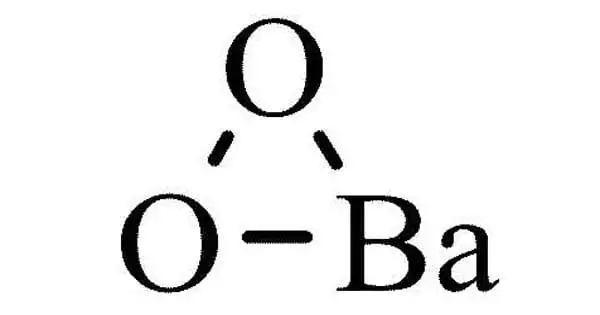Cobalt(II) oxide is an inorganic compound that has been described as an olive-green or gray solid. It is a black solid that occurs naturally as the mineral cobaltite. It’s an inorganic compound commonly used in ceramics, as a pigment, and in various chemical processes. It is used extensively in the ceramics industry as an additive to create blue-colored glazes and enamels, as well as in the chemical industry for producing cobalt(II) salts.
Properties
CoO is typically a black powder. It is insoluble in water but can dissolve in acids to form cobalt salts. It is a semiconductor and can conduct electricity at high temperatures. It exhibits ferromagnetic properties.
- Chemical formula: CoO
- Molar mass: 74.9326 g/mol
- Appearance: olive or gray powder
- Odor: odorless
- Density: 6.45 g/cm3
- Melting point: 1,933 °C (3,511 °F; 2,206 K)
- Solubility in water: insoluble in water
Preparation
Cobalt(II) oxide is prepared by oxidation of cobalt powder with air or by thermal decomposition of cobalt(II) nitrate or the carbonate.
Cobalt(II,III) oxide decomposes to cobalt(II) oxide at 950 °C: 2 Co3O4 → 6 CoO + O2
It may also be prepared by precipitating the hydroxide, followed by thermal dehydration:
CoX2 + 2 KOH → Co(OH)2 + 2 KX
Co(OH)2 → CoO + H2O
Reactions
As can be expected, cobalt(II) oxide reacts with mineral acids to form the corresponding cobalt salts:
CoO + 2 HX → CoX2 + H2O
Occurrences
- Natural Sources: Cobalt(II) oxide can be found in nature as the mineral smaltite, which contains cobalt arsenides. It can also occur as a product of the weathering of cobalt-bearing minerals.
- Industrial Production: It is produced during the smelting and refining of cobalt ores, particularly from nickel-copper ores.
Applications
Cobalt(II) oxide has for centuries been used as a coloring agent on kiln fired pottery. The additive provides a deep shade of blue named cobalt blue. The band gap (CoO) is around 2.4 eV. It also is used in cobalt blue glass.
- Pigment: Used in glass and ceramics for its vibrant color.
- Catalyst: In chemical reactions, particularly in the production of hydrogen.
- Battery Production: Sometimes involved in the manufacture of batteries.
Safety
Cobalt compounds can be toxic, and exposure should be minimized. Proper handling and protective equipment are recommended in industrial settings.
















